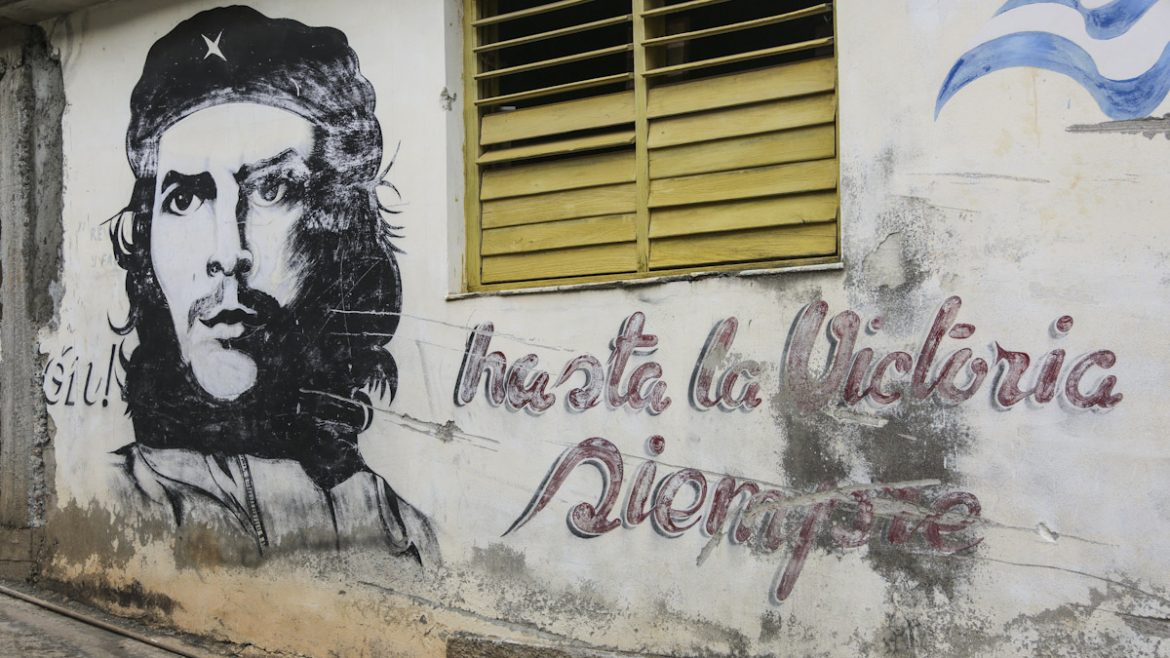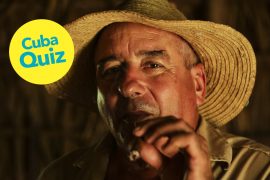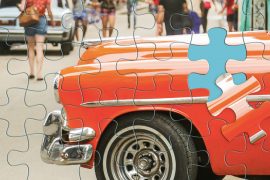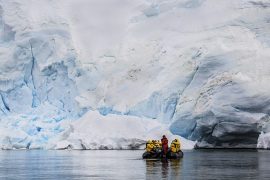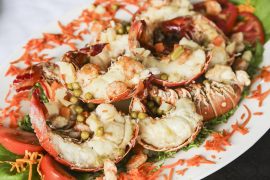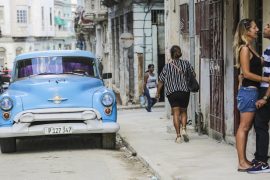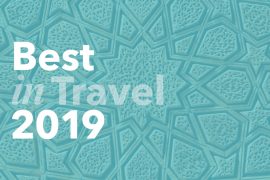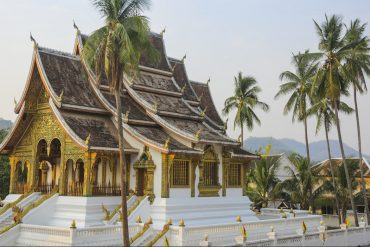Those that come to Cuba on a pilgrimage to the sites and icons of the Cuban revolution, will start their journey at the Plaza de la Revolución in Havana. There, the tall memorial of José Martí faces two important figures of the Cuban revolution, outlined on government buildings: Ernesto Che Guevara and Camilo Cienfuegos.
It is no coincidence that José Martí, the national hero from the 19th century, has his memorial on this plaza. Poet and journalist, he is often seen as the symbol of the political independence of Cuba, as he fought and died fighting against the Spanish.
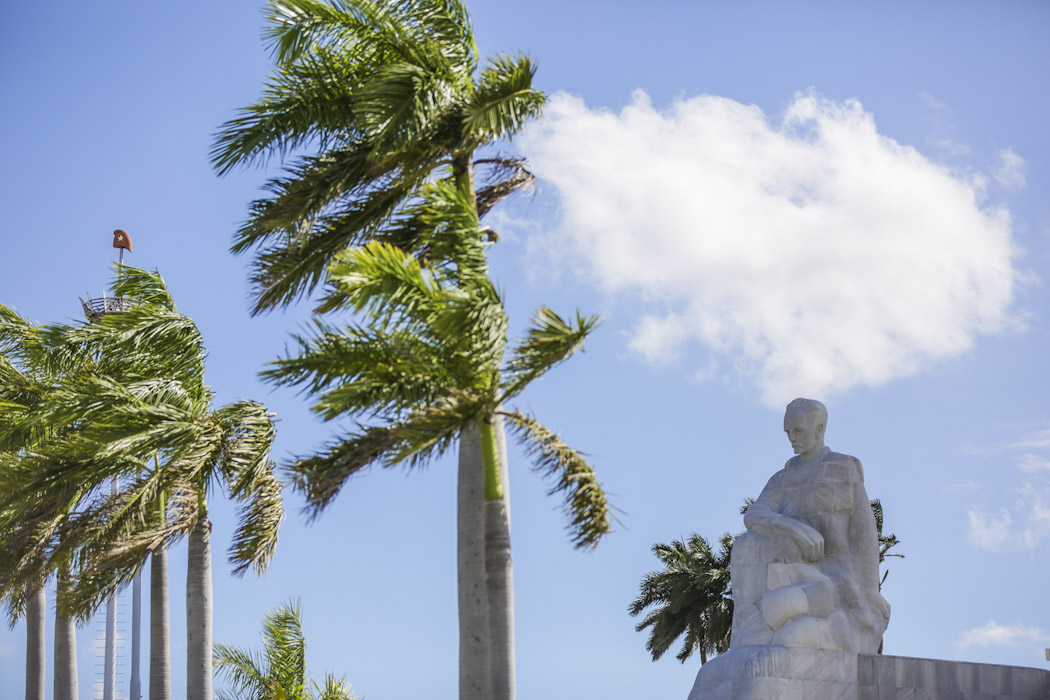
We can’t help noticing that, from the height of his memorial, Martí is overseeing the two new heroes of the 1953 revolution, like a judge. We wonder what he thinks of everything that has happened since his death. Ernesto Che Guevara and Camilo Cienfuegos face him. So, where is Fidel Castro’s face? You look around the square and you can’t help but find him missing. Has he lived too long to become a hero? Now that he is dead, has Raúl Castro neglected the memory of his brother? Time will tell…
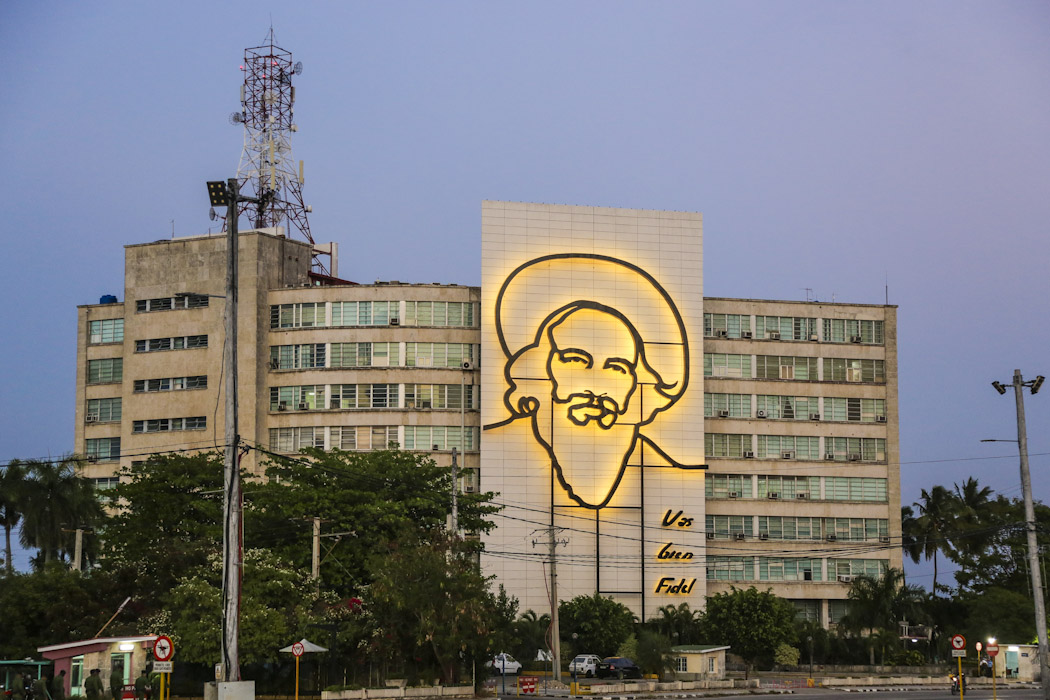
The image on the right is new to us. We have never seen any t-shirts or any cigars with the brand of Camilo Cienfuegos. Who was he? He was one of the revolutionaries that accompanied Fidel and Guevara since the beginning of the revolution. Fearless and intelligent he was against any authoritarian government. From the start, he questioned Fidel about his actions and intentions. It is also known that Camilo was much loved by the Cuban people, who saw in him the figure of a fair leader. In his speeches he was much acclaimed by the crowds, some say even more applauded than Fidel himself. He died shortly after the victory of the revolution, in a plane crash. Many theories say his death was not an accident, but an assassination ordered by Fidel Castro who feared his companero could become a real threat to his plans.
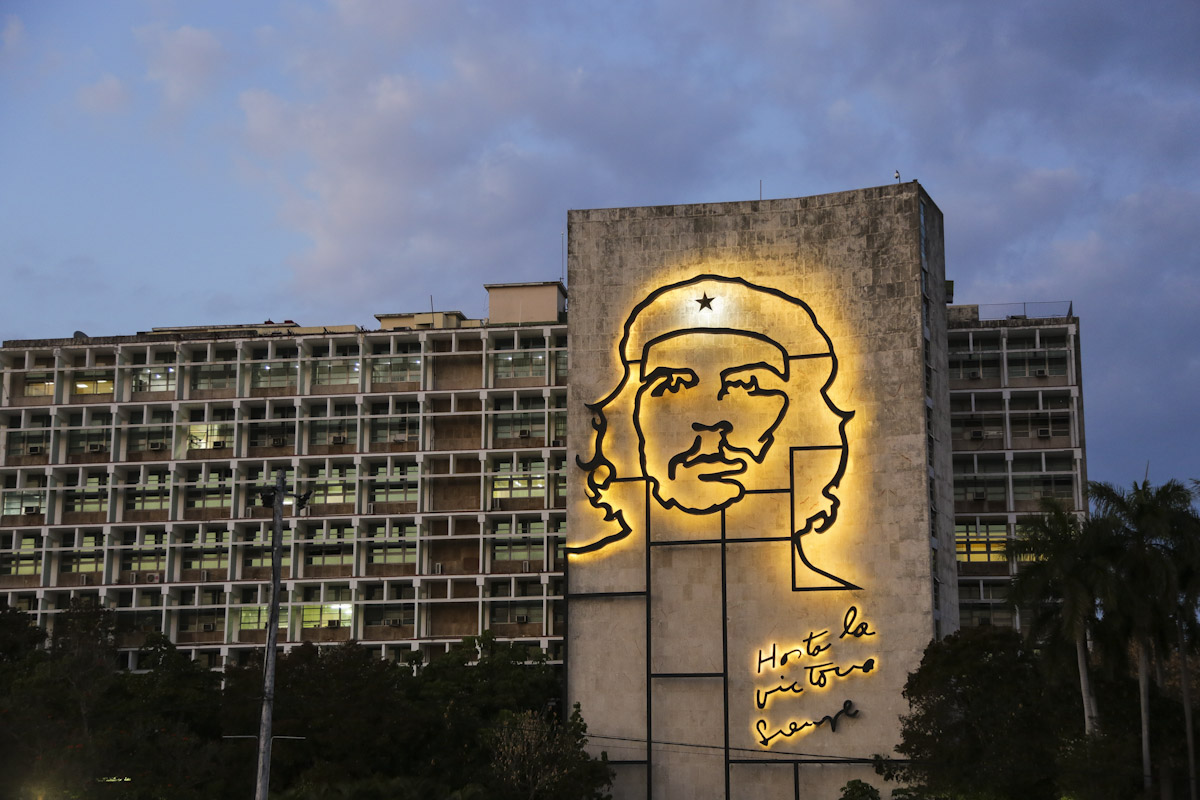
So why turn him into a hero? He turned Camilo (and actually also Che Guevara) into dead heroes, because while dead they could still serve the Cuban revolution and his plans. And that without challenging him…
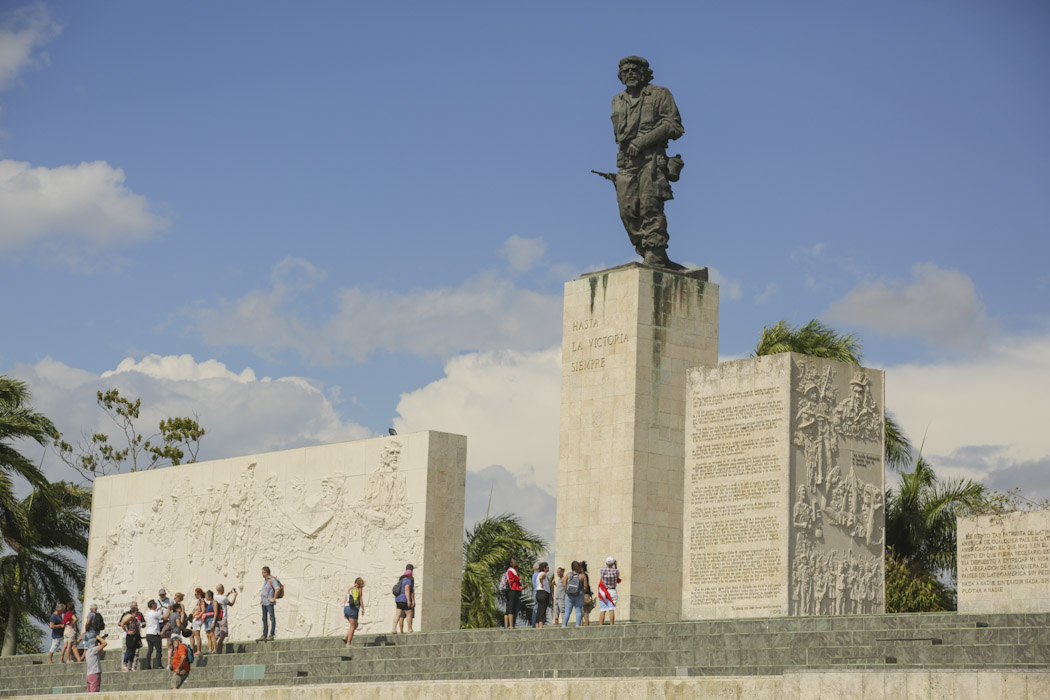
One of the highlights of Santa Clara is a visit to Che Guevara’s mausoleum and museum, where many photos of the revolution are on display. The atmosphere inside is almost religious. Silence is imposed by two guards who stand in the room where his bones lie, reinforcing the idea of this being a sanctuary. The guards’ fierce eyes seemed to say: “Quiet! There’s a hero here.” It was in Santa Clara that Che won the last battle of the Cuban revolution, by derailing a train that was taking supplies of ammunition and weapons to the troops of General Fulgencio Baptista, the dictator in charge.
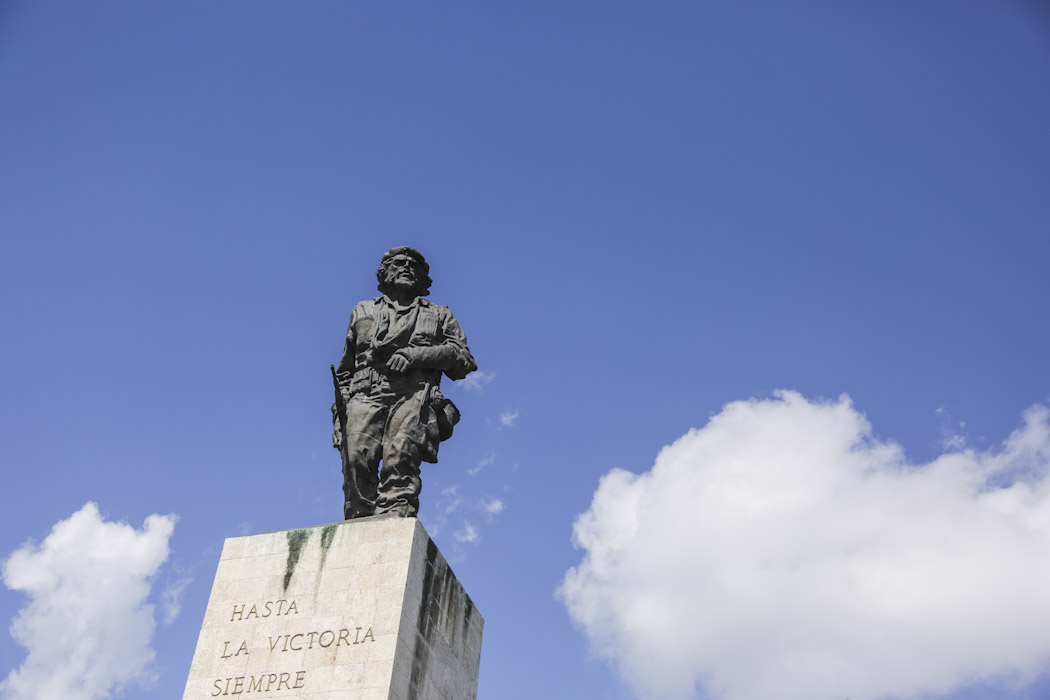
Santa Clara’s memorial and the armoured train museum are just a few other examples of how the revolution serves a new category of tourism: can we call it revolution tourism, socialist tourism, red tourism? Every so often we were invited to see the trains that were attacked by Che, or the tanks that were driven by Fidel. Even the Granma, the boat that brought Fidel and his rebels from Mexico and that was practically shipwrecked as they landed, is on display in a square.
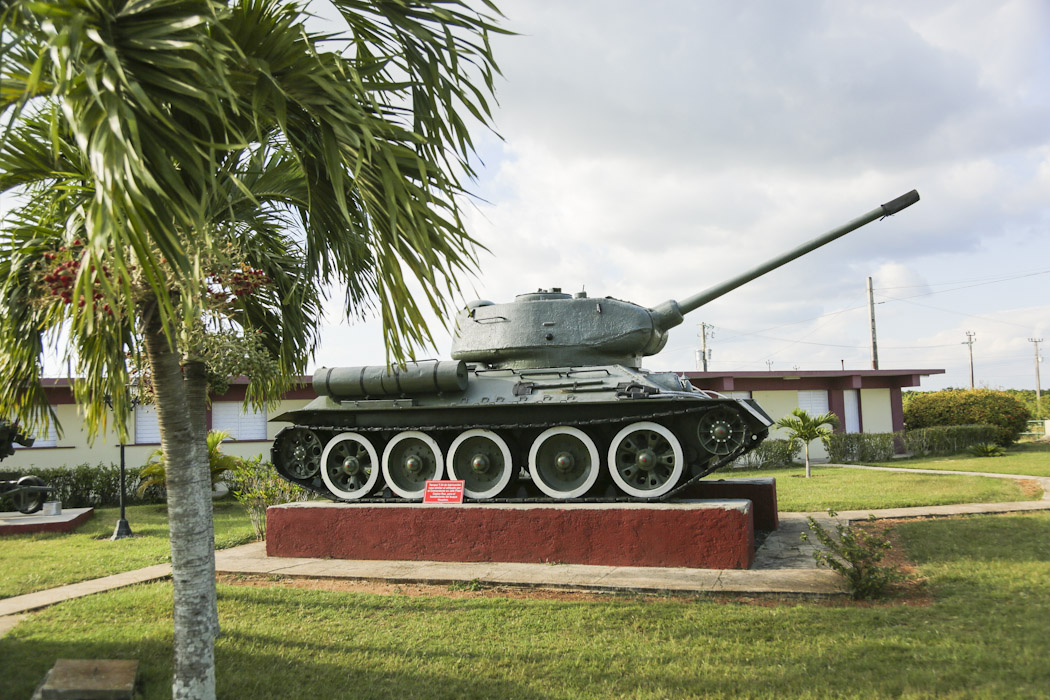
Propaganda, even if subtle, is everywhere. Whereas there are barely any monuments of Fidel himself, his dead comandantes: heroes such as Che Guevara and Camillo Cienfuegos, are everywhere. Their images are exploited, because they are the best mementoes of the revolution. They appear on giant billboards, reminding everyone about the good things the revolution brought to the homeland.
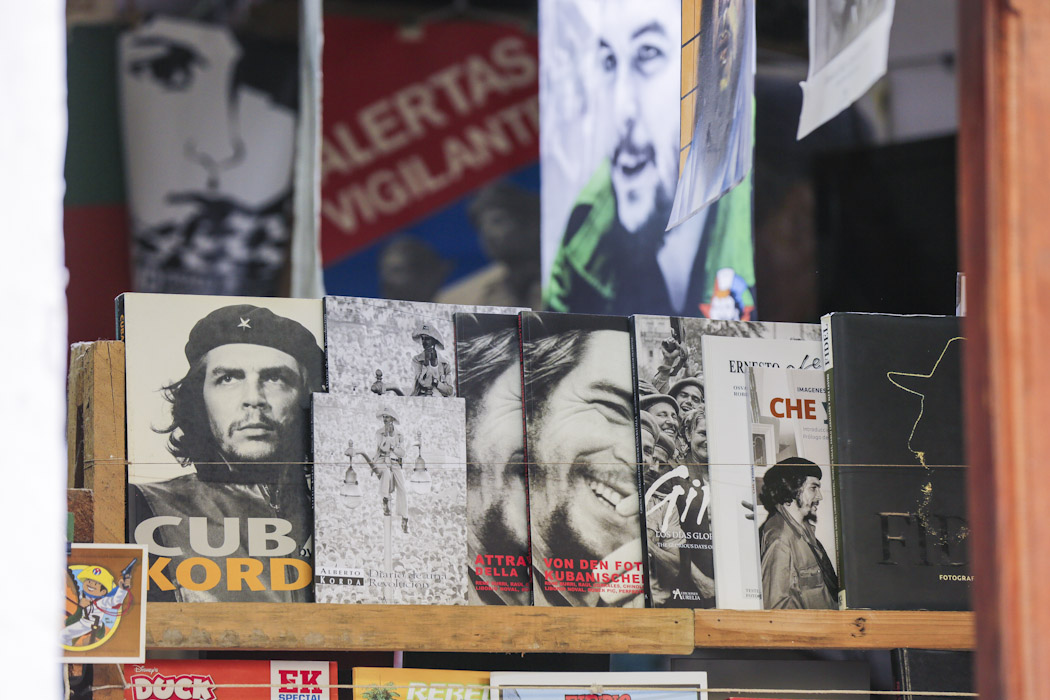
Cubans did not speak much to us about the revolution. When we asked a very old lady fighter, who had known Fidel, how he was as a man she answered ‘Che Guevara was a visionary. He predicted all this that we are living now.’ A man in tears told us ‘It was not for this that I was a soldier for so many years’. Another man told us ‘I don’t know if capitalism is good, I know I would like to try something else, but I can’t.’ And another still ‘I am tired of socialism, because I am tired of eating bread without butter’.
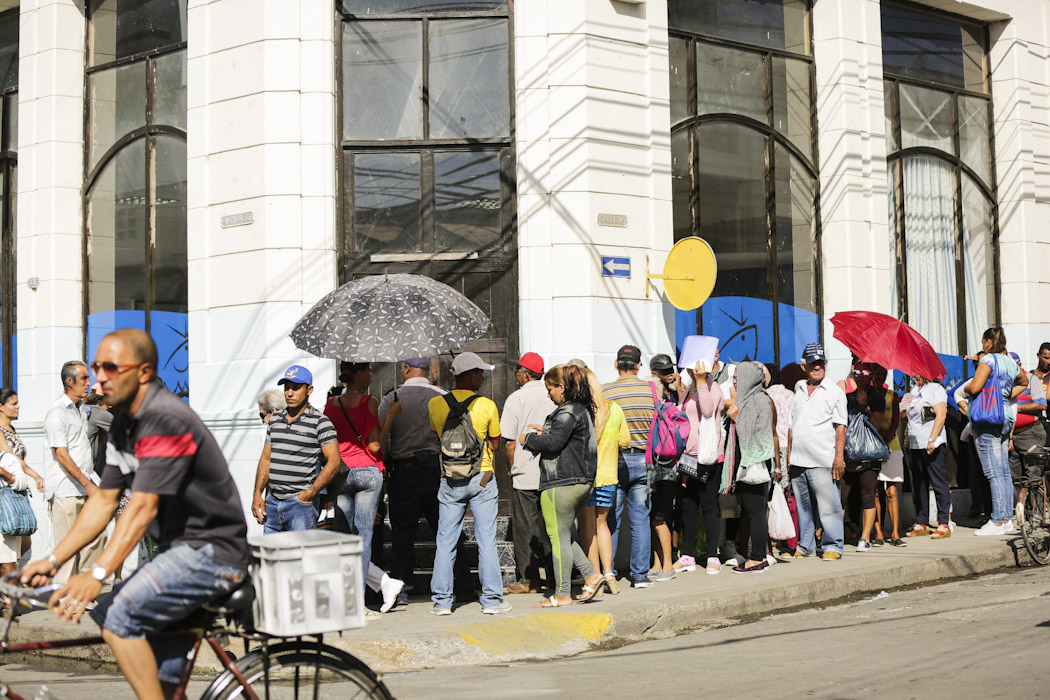
The queues for the most basic products (bread, eggs, meat) are back to Cuba. When we ask people why there is so much shortage, they answer the obvious ‘The American government and the embargo’. We know this is true, but we also know that there are no shortages in the big hotels. But no one can deny that the American government is making Cuban’s lives even more difficult.
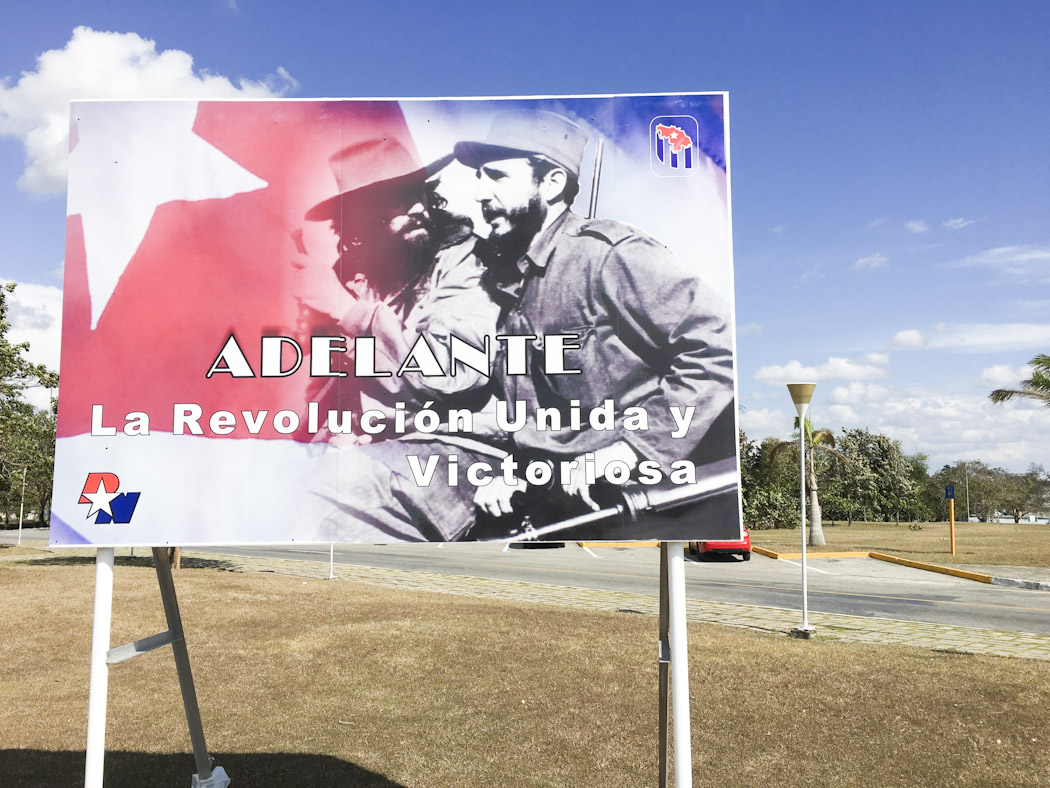
Castro’s iconic quote: ‘We will win this war’ which he pronounced after the disastrous landing of the Granma to his sole 20 surviving guerilla men, ought to be questioned still today. Has Castro really won the war? He did get rid of a dictator, but didn’t he replace Batista by another tyrant man? Did he keep the promise of providing a better life to his people? After hearing the testimonies above, I am not so sure he won. I have recently read another iconic quote, from a man called Churchill. He said ‘If capitalism is the unequal distribution of wealth, socialism is the equal distribution of poverty.’ In this sense, both systems look bad. When I told a Cuban taxi driver that Capitalism was not as good as he thought.’, he replied ‘Sure, but at least you are here. And I will never be able to go elsewhere’…
Interested in Cuba? You may find the following articles useful:
- Find out the easiest way to get a Cuban Visa
- Try our quiz about Cuba
- Why you should visit Cuba now
- What you need to know before you visit Cuba
- Discover the valley of Viñales (video)
- Visit the most beautiful beaches in Cuba
Check our diariesof magazine about Cuba for more travel inspiration


